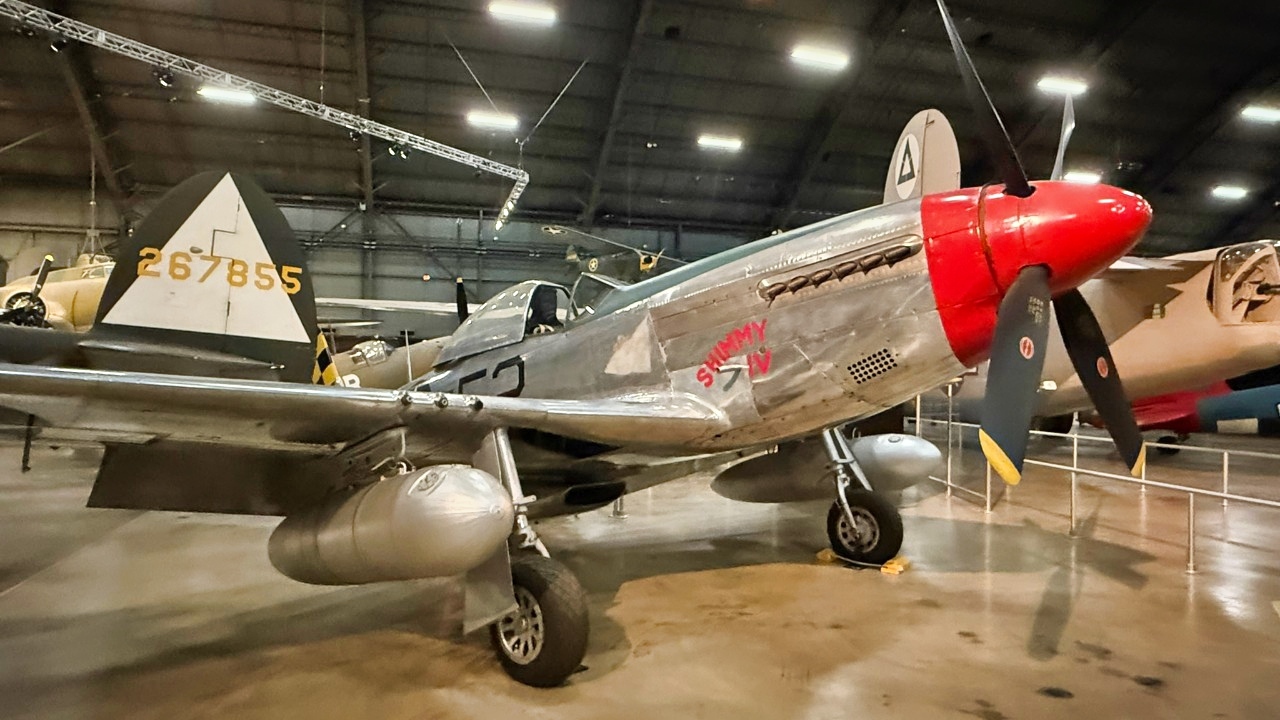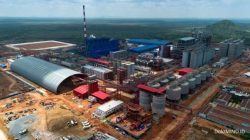The P-51D Mustang: A Game-Changer in World War II
The North American P-51D Mustang was a pivotal aircraft that significantly altered the course of the air war during World War II. Known for its long-range capabilities and effectiveness, it became the definitive escort fighter for Allied bombers, particularly over Europe. Its impact was so profound that it is often regarded as one of the most successful fighter planes of the conflict.
Origins and Evolution
The P-51D Mustang’s journey began with earlier models that were not as effective. The initial versions of the Mustang, while decent, lacked the performance needed to make a significant impact. However, the D model marked a turning point. It was equipped with the powerful Rolls-Royce Merlin engine, which greatly improved its altitude performance and overall capabilities. This upgrade allowed the Mustang to escort heavy bombers deep into enemy territory, providing crucial protection against Luftwaffe attacks.
The P-51D also featured a “teardrop” or “bubble” canopy, enhancing the pilot’s visibility and situational awareness. Additionally, the aircraft was armed with six Browning M2 .50-caliber machine guns, making it a formidable opponent in aerial combat.
Technical Specifications
- Crew: One (pilot)
- Fuselage Length: 32 ft 3 in (9.83 m)
- Wingspan: 37 ft 0 in (11.28 m)
- Height: 13 ft 4.5 in (4.077 m)
- Empty Weight: 7,635 lbs. (3,463 kg)
- Max Takeoff Weight: 12,100 lbs. (5,490 kg)
- Powerplant: 1 × Packard (Rolls-Royce) V-1650-7 Merlin 12-cylinder liquid cooled engine, generating 1,720 horsepower (1,280 kilowatts)
- Max Airspeed: 440 mph (710 km/h, 383 knots)
- Service Ceiling: 41,900 ft (12,800 m)
- Armament: Six Browning M2 .50-caliber machine guns, plus bombs and rockets
Combat Performance and Legacy
The P-51D Mustang’s combat record is legendary. It played a critical role in the Allied bombing campaigns over Germany, enabling B-17 Flying Fortress and B-24 Liberator bombers to conduct daylight precision missions with minimal losses. The Mustang’s ability to accompany these bombers deep into enemy territory was a game-changer, leading to an impressive 11:1 kill ratio.
One of the most notable pilots of the P-51D was Chuck Yeager, who later became famous for breaking the sound barrier. Yeager’s achievements included scoring 11.5 victories, including five in a single day, earning him the title of “ace in a day.” His exploits highlighted the Mustang’s effectiveness in combat.
The P-51D also saw action in the Pacific Theater, where it escorted B-29 Superfortresses on bombing missions over Japan. It successfully engaged and defeated the best interceptors from the Imperial Japanese Army Air Service, further cementing its reputation.
Surviving Legacy
More than 15,000 Mustangs of all variants were built, with over 300 surviving today. Of these, approximately 160 are still airworthy. These surviving aircraft serve as a testament to the Mustang’s enduring legacy and historical significance.
The P-51D Mustang remains a symbol of innovation and excellence in aviation history. Its contributions to the Allied victory in World War II cannot be overstated, and its influence continues to be felt in modern military aviation.







